Cardboard boxes, in their myriad forms, hold a pivotal role in packaging diverse items. Yet, amidst their varying thicknesses, designs, and sizes, there exists a subtle but significant feature—the box maker’s certification stamp. Often nestled inconspicuously at the box’s base, this stamp holds the key to understanding the box’s narrative.
Each certification stamp is a testament to meticulous testing and adherence to specific criteria. Before delving into its narrative, it’s essential to recognize the two primary strength tests applied to cardboard boxes: the Mullen test and the Edge Crush Test (ECT)
.The Mullen Test

- Manufacturer: Among the initial details on the stamp lies the identity of the box manufacturer, providing insights into its origins
- Thickness: Listed alongside the manufacturer, this denotes the wall thickness, ranging from single to triple wall, the latter often reserved for specialized applications.
- Bursting Test: Evaluates the box’s resistance to wall punctures, ensuring its durability.
- Minimum combined Weight Facings: The total weight of the manufactured liner before it’s cut down into boxes.
- Size Limit: Lists the total sum of the outside dimensions of the box.
- Gross Weight Limit: Establishes the maximum permissible weight for both box and contents, ensuring safe transit.
- City & State: Provides the manufacturing location, aiding in quality control and issue resolution.
Edge Crush Test (ECT)

- Manufacturer: Similar to the Mullen Test, this identifies the company behind the box’s creation.
- Thickness: Indicates the box’s wall configuration, be it single, double, or triple wall, affecting its strength.
- Edge Crush Test: Quantifies the box’s strength through a concise two-digit number.
- Size Limit: Mirroring its Mullen counterpart, this defines the box’s maximum external dimensions.
- Gross Weight Limit: Specifies the maximum allowable weight for box and contents, safeguarding against overloading.
- City & State: Identifies the manufacturing location, aiding in traceability and quality assurance.
Understanding the certification stamp not only unveils the box’s narrative but also equips one with crucial insights into its limitations. It serves as a beacon, guiding users through the complexities of packaging, ensuring safe and efficient transit of goods.


